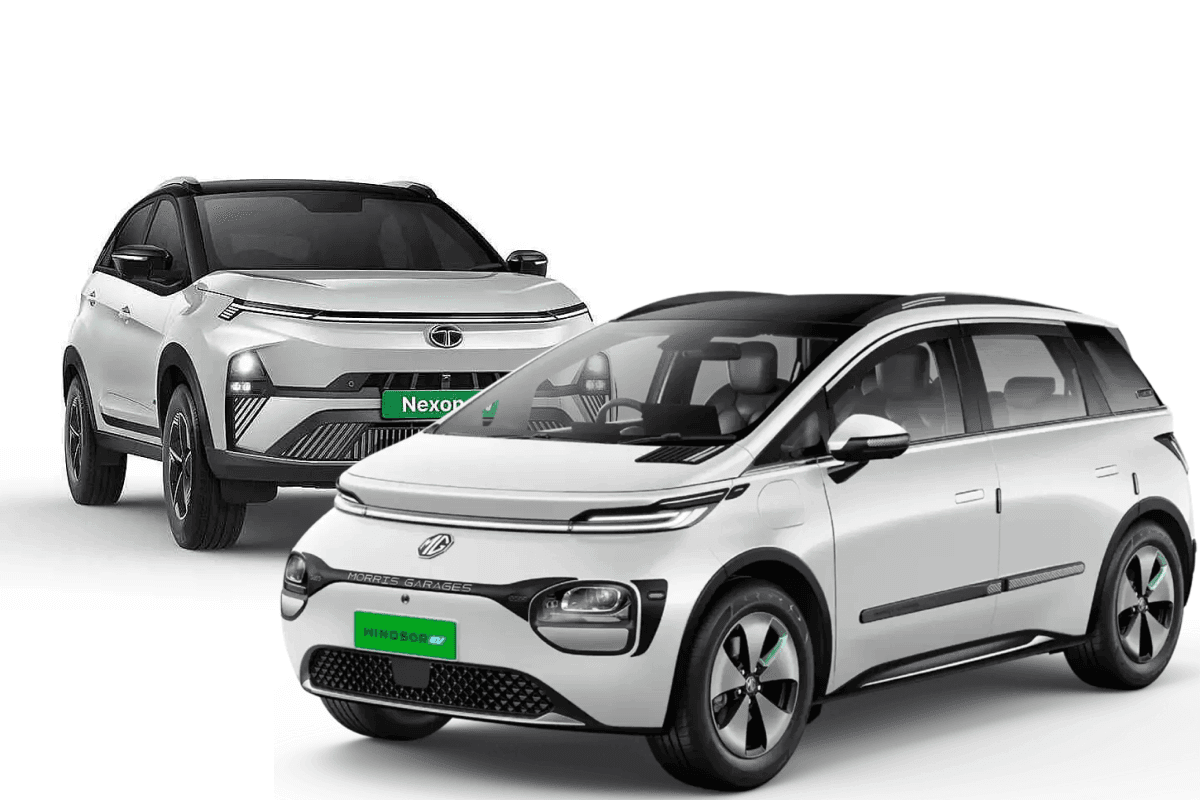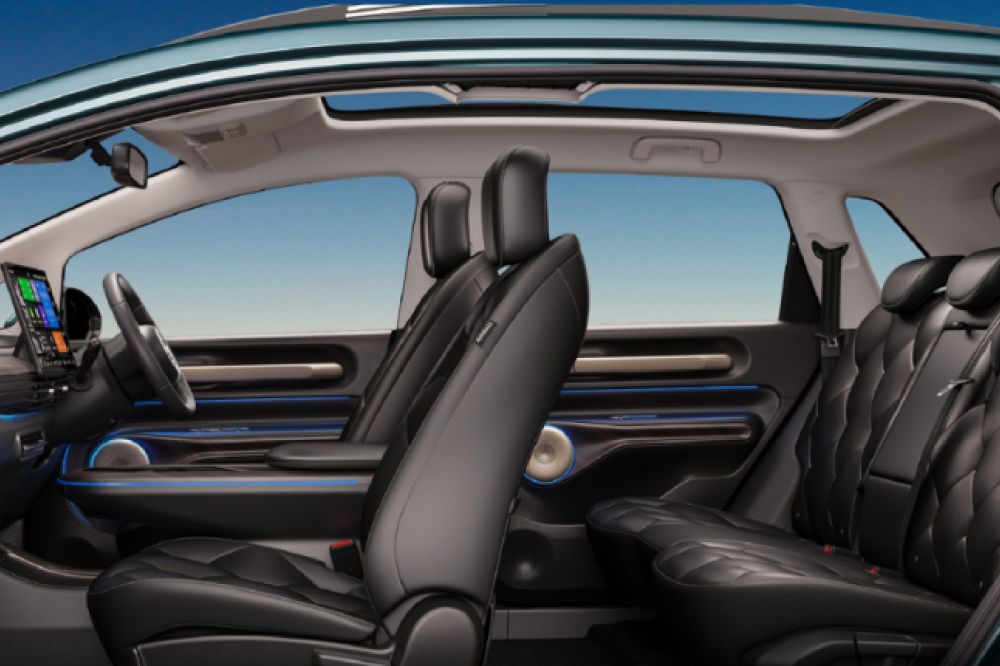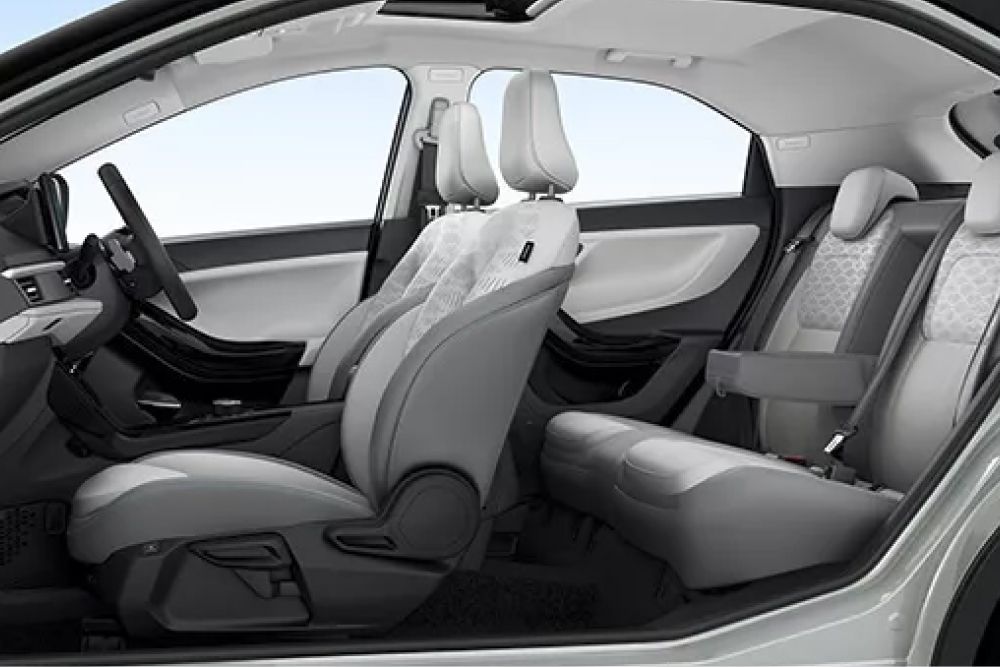MG again Outpaces Tata in December 2024 EV Sales: MG Windsor EV is the Queen!
Published On 1/1/2025, 12:48:10 pm Author Gaurav CyrilThe MG Windsor has proven to be a true leader in the market, recording sales of 7,516 units in December. This is a remarkable increase from the 6,019 units sold in November, reflecting a strong 24.8 percent month-over-month growth. On the other hand, Tata Motors' Nexon EV experienced a decline, with sales falling from 6,499 units in October to 4,196 units in November.

The MG Windsor is rewriting the rules of the EV market with features that address two critical barriers to EV adoption: range anxiety and battery durability. Here's what sets it apart:
1. Lifetime Warranty Unlike many EVs, including the Tata Nexon, the Windsor comes with a lifetime warranty on its battery and motor, erasing doubts about long-term reliability.
2. Range Above 300 km The Windsor delivers a real-world range exceeding 300 km on a single charge, a milestone that few EVs in this price segment have achieved. This feature alone has significantly alleviated range anxiety for buyers.
3. Battery-as-a-Service (BaaS) One of the Windsor's standout features is its BaaS system, which allows buyers to separate the cost of the car and the battery. Consumers now know exactly what they're paying for:
- Car price: ₹10 lakh
- Battery price: ₹5 lakh
This transparency has been a game-changer, enabling consumers to make more informed decisions and plan for potential battery replacements without financial guesswork. In contrast, Tata Nexon EV, the closest Windsor competitor does not provide a clear bifurcation of the car and battery costs, leaving buyers in the dark.
MG Windsor vs Tata Nexon: The generational Gap
 First things first, the MG Windsor is a true Battery Electric Vehicle (BEV) designed from the ground up as an electric car. In contrast, the Tata Nexon EV is based on an Internal Combustion Engine (ICE) platform and retrofitted to function as an electric vehicle. This fundamental difference creates a noticeable gap in performance, efficiency, and value for buyers.
First things first, the MG Windsor is a true Battery Electric Vehicle (BEV) designed from the ground up as an electric car. In contrast, the Tata Nexon EV is based on an Internal Combustion Engine (ICE) platform and retrofitted to function as an electric vehicle. This fundamental difference creates a noticeable gap in performance, efficiency, and value for buyers.
When it comes to pricing, the MG Windsor offers two purchasing models:
Battery-as-a-Service (BaaS) Model: The car is priced at an introductory ₹9.99 lakh (ex-showroom), with a battery rental cost of ₹3.5 per kilometer.
Car & Battery: The Windsor EV starts at ₹13.50 lakh for the base model and goes up to ₹15.50 lakh for the top variant.
On the other hand, the Tata Nexon EV Starts at ₹12.49 lakh and Goes up to ₹17.19 lakh.

Despite the competitive pricing, the Windsor offers a compelling package with a higher range and advanced features.
One of the most significant differences lies in their driving range. The MG Windsor delivers a consistent range of over 300 kilometers, making it a reliable option for long-distance travel. The Tata Nexon EV, with its Medium Range (MR) variant, offers a range of approximately 275 kilometers.
This disparity arises because the Nexon EV is not a purpose-built electric car. Its ICE-based platform leads to compromises in weight distribution, space utilization, and battery optimization.
The Windsor’s BEV architecture ensures that every aspect of the car is tailored for electric performance. This not only improves range but also enhances driving dynamics and safety.
The sharp decline in Nexon EV sales, contrasted with the impressive rise of the MG Windsor, highlights how MG has outpaced its competition in the EV market. It raises an important question: why would someone choose the Nexon EV, a sub-4-meter compact car with a higher price tag and fewer features, over the Windsor?
















